She’s been promoting minimalism since 2011 with her books but Marie Kondo and her KonMari method gained worldwide fame when her Netflix series began airing in January of 2019. A few months after, Volkswagen released the T-Cross and despite not being inspired by or in any way connected to the new fad, the crossover surely fit the ethos of the organizing guru.
There’s no sleek, sporty, or uber-rugged styling for Volkswagen’s smallest crossover. It maintained the brand’s simplistic and classy allure instead while hinting on modern aesthetics. However, it wasn’t until 2021 when the T-Cross arrived on our shores, a time where many of its rivals already established themselves. Will its modest looks backfire or does it have what it takes to slug it out in such a competitive segment? Let’s find out.
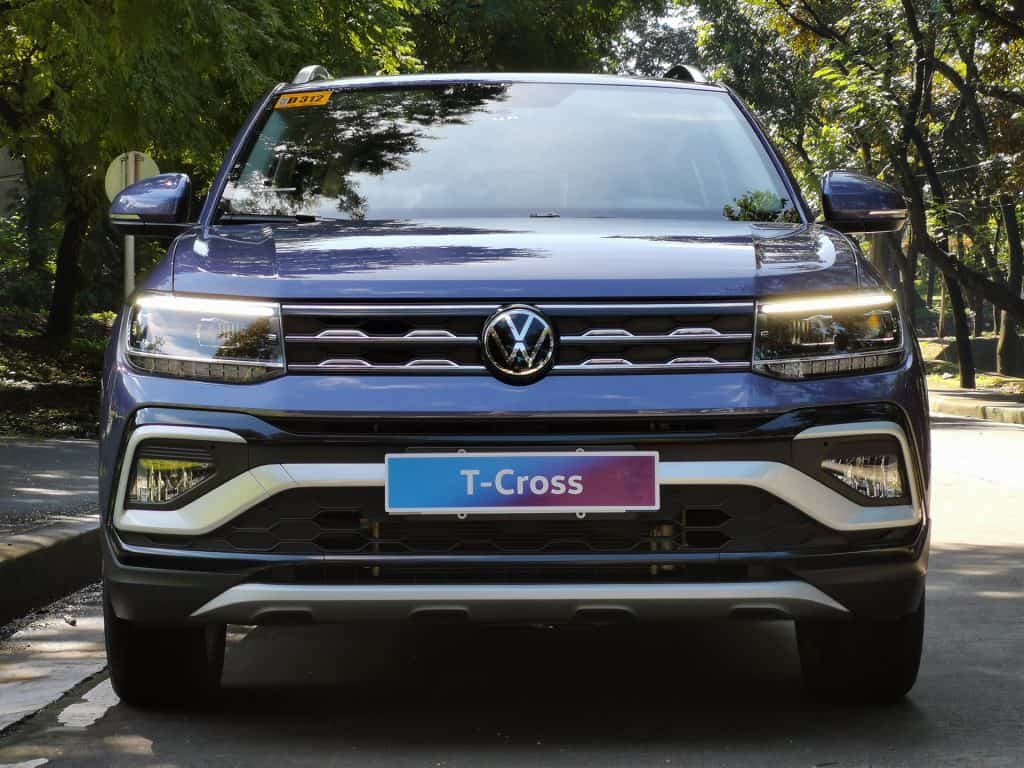
The look
The front face is a bit more decorative than the first batch of cars in Volkswagen Philippine’s renaissance – the Lamando, Lavida, and Santana. Still, it’s a far cry from the others in its segment with its thin slices of chrome on the grille, the matte silver accent on the lower bumper and faux skid plate.
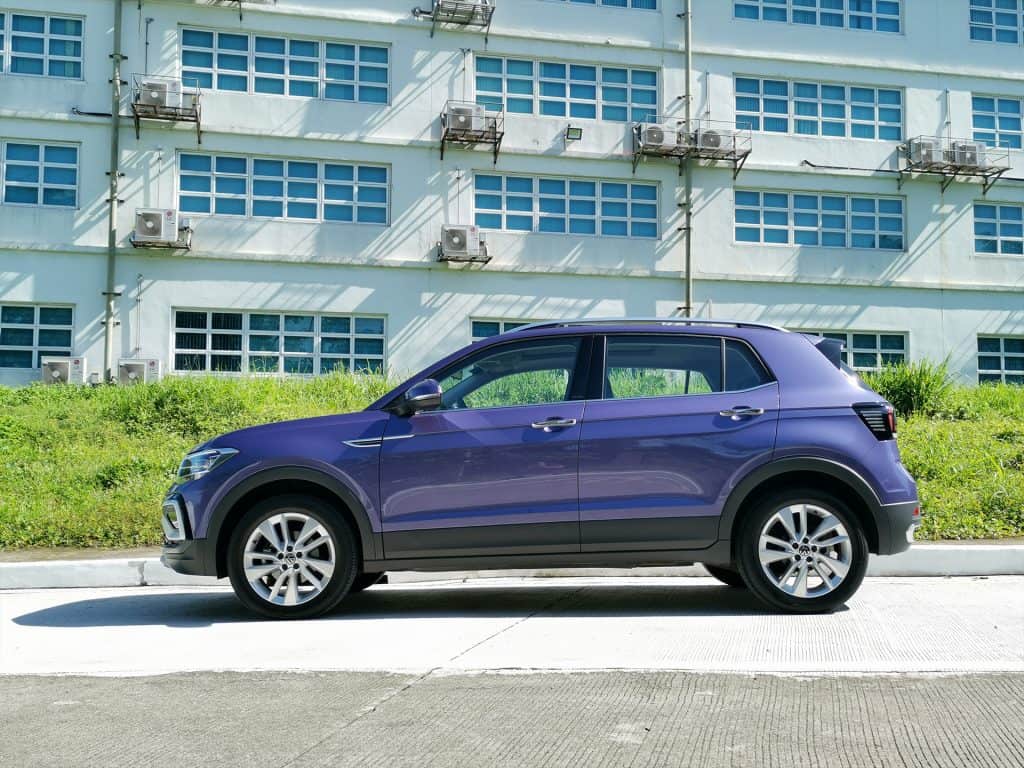

The sides are plain with tall enough cladding on the doors, but kept at a minimum on the wheel wells. It’s the rear that makes the T-Cross visually distinct thanks to the black bar that runs along the whole width of the rear end, wrapping the taillights along with it. It looked like a cross between the taillights of the Pontiac Firebird Trans Am of Knight Rider and the ‘eyes’ of the original RoboCop to me. Personally, I’m not a fan, but I see the allure of the rear design.
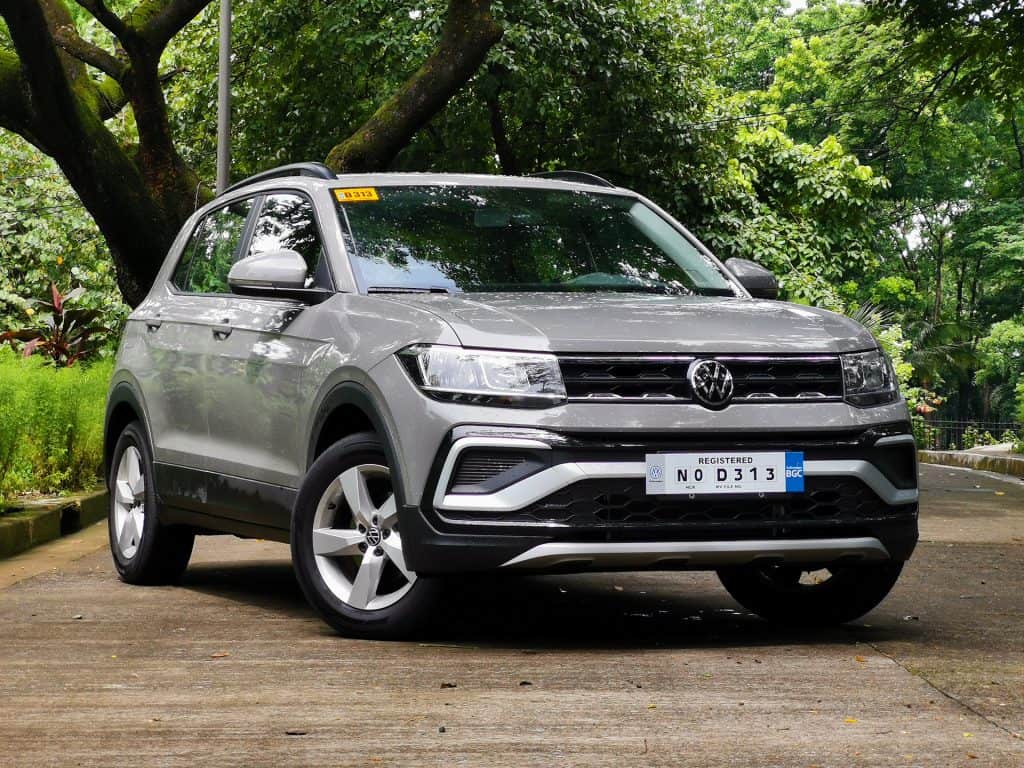
The S
The T-Cross only has two variants and the lower trim is a mix of give and take. It has a fair share of creature comforts like 6-way driver’s seat, 8-inch touchscreen with Apple CarPlay, USB Type-C port for rear occupants, keyless entry, cruise control and tire pressure monitoring system (TPMS). It also has a stabilization program, hill hold control, anti-slip regulation and rear sensors as part of its safety suite.
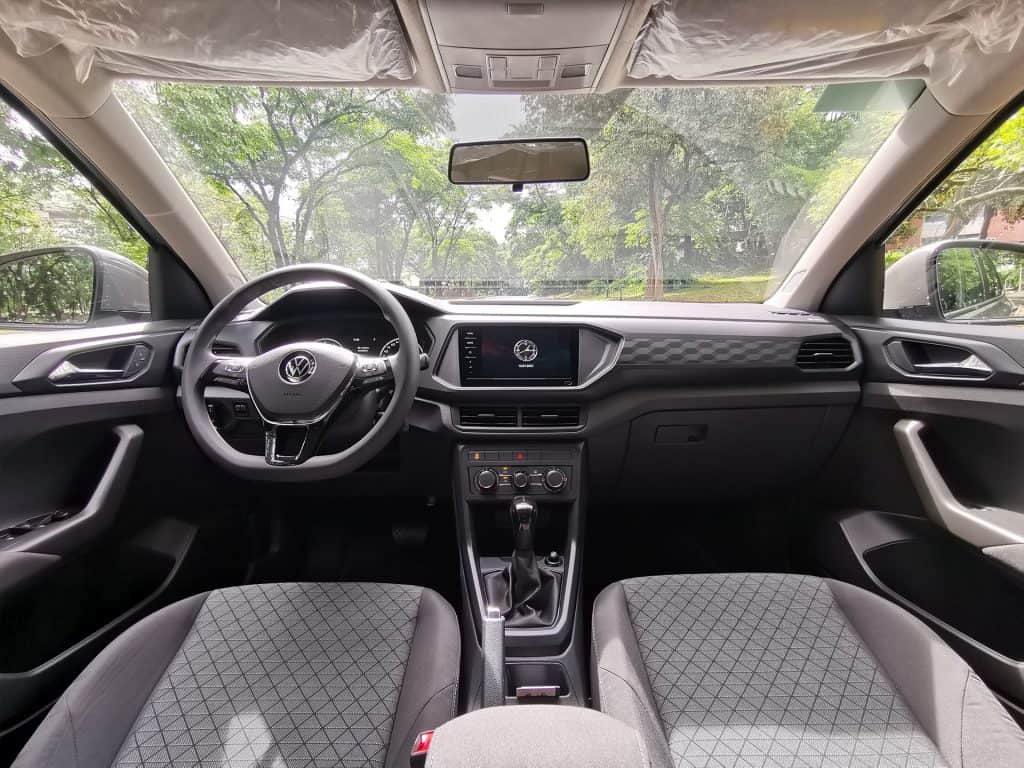
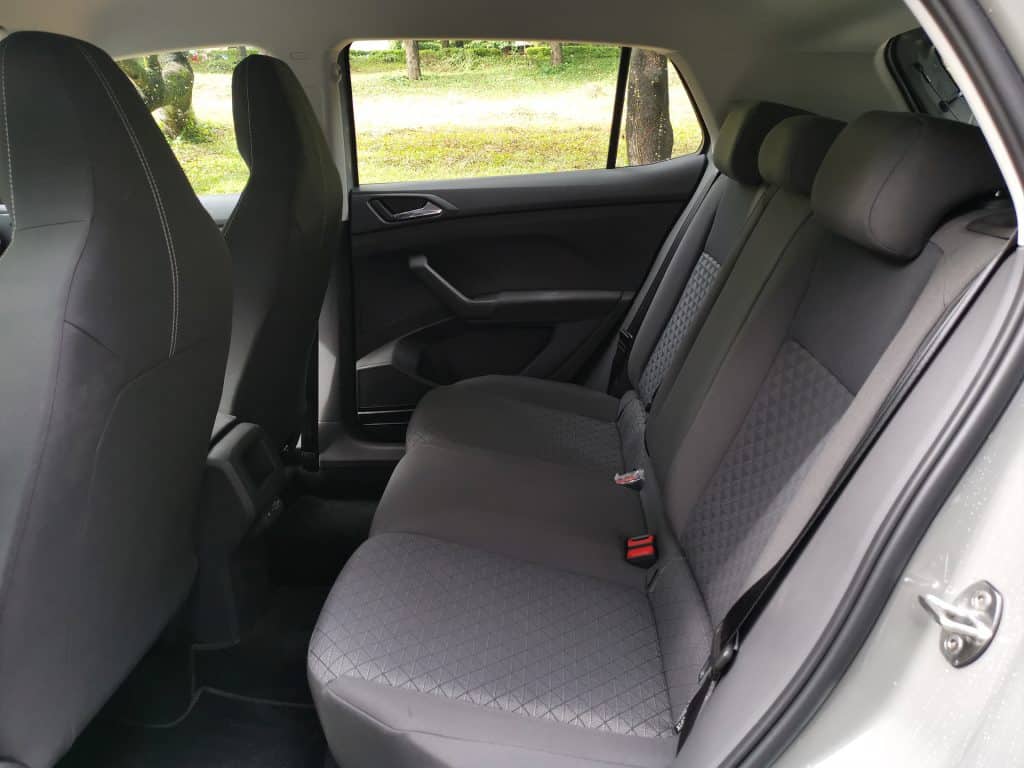
As you might have noticed, for P1,098,000, you’re not getting an automatic climate control, panoramic sunroof, Android Auto, and rear camera – things that some of its competitors have at this price point. However, it’s only the Android Auto (because I’m an Android user) and rear camera that I wanted during my time with the T-Cross S. Upside to that is it’s ready for long drives with its cruise control and is also new-driver-friendly with its TPMS.
Another wish I have for the T-Cross S is more colors. White and Gray are too stale for a crossover that tries to break into the market. It also goes against the modern appeal the exterior design establishes, and can make those who can’t afford the colorful SE trim look for another car.
The SE
The T-Cross becomes a lot more lively in its SE form that retails at P1,198,000. It has a panoramic sunroof, LED headlights with DRL, fog lights with cornering function, mix of leather and fabric seats, white interior inserts, matching interior panels and stitching to exterior color (for Romance Red, Tribu Yellow, and Syringa Violet), a bigger touchscreen at 9.2-inches and rear aircon vents. It also gets additional airbags and a rear camera on top of the safety suite found in the S variant.
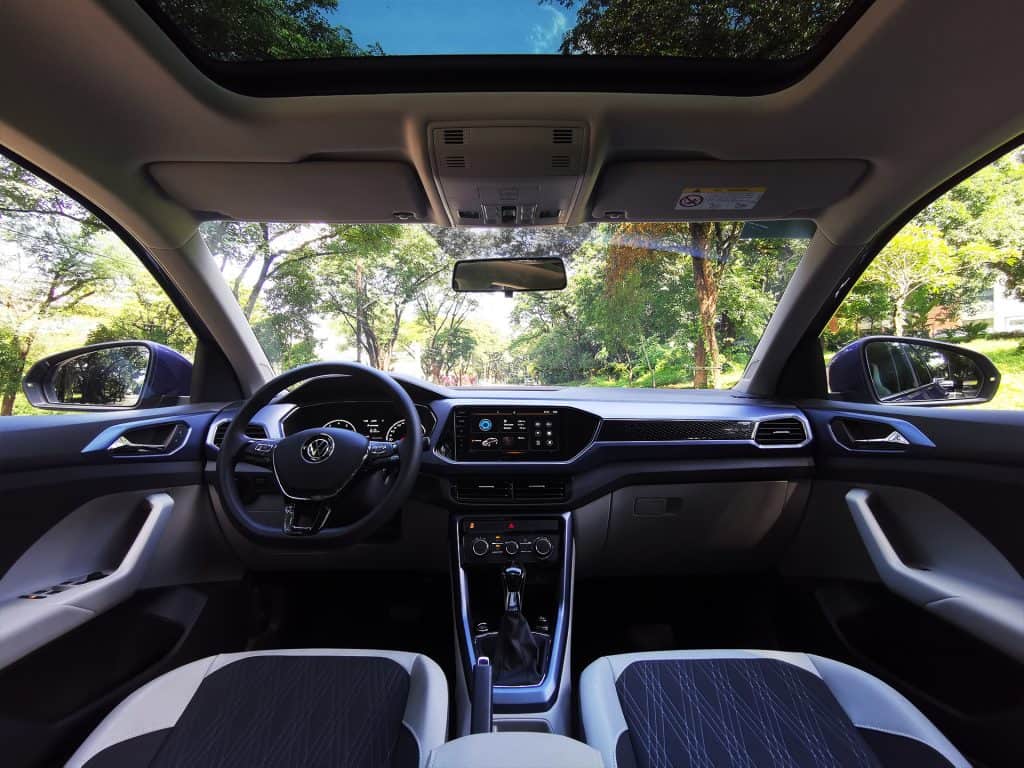
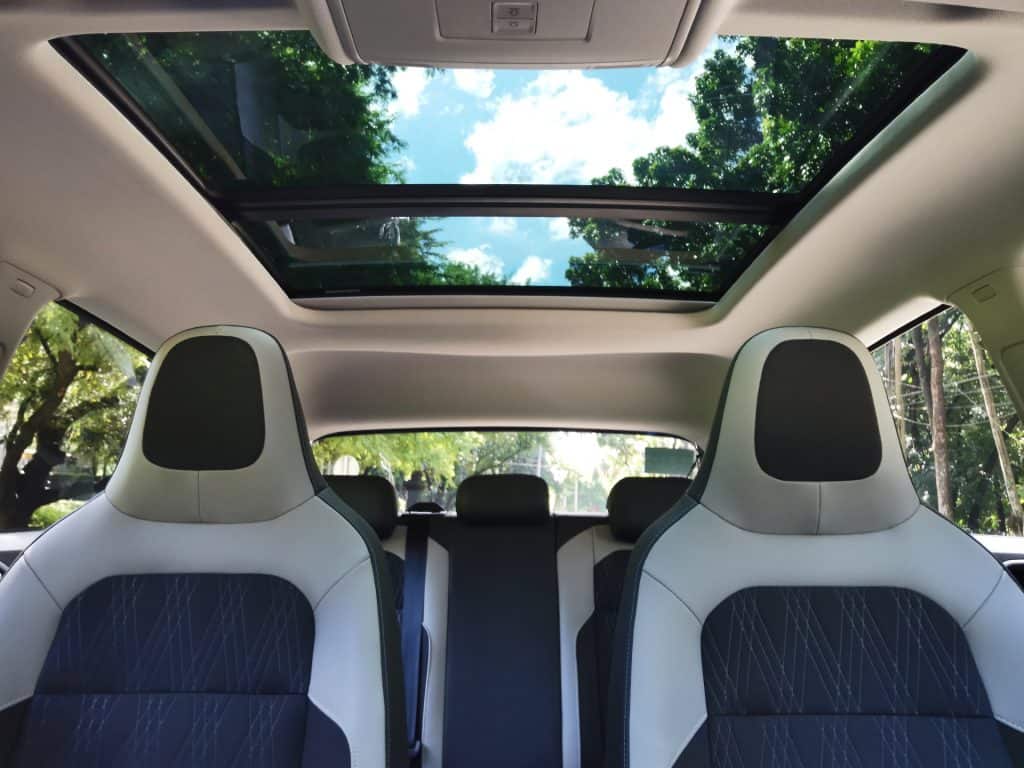
Some people will frown upon the lack of automatic climate control but personally, I’m okay not having it since I prefer adjusting fan speed over temp. The cabin can get a bit hot at noon because the cover for the panoramic sunroof is cloth and not a solid panel. Thankfully, there’s an additional air vent for the second row to help with air circulation.
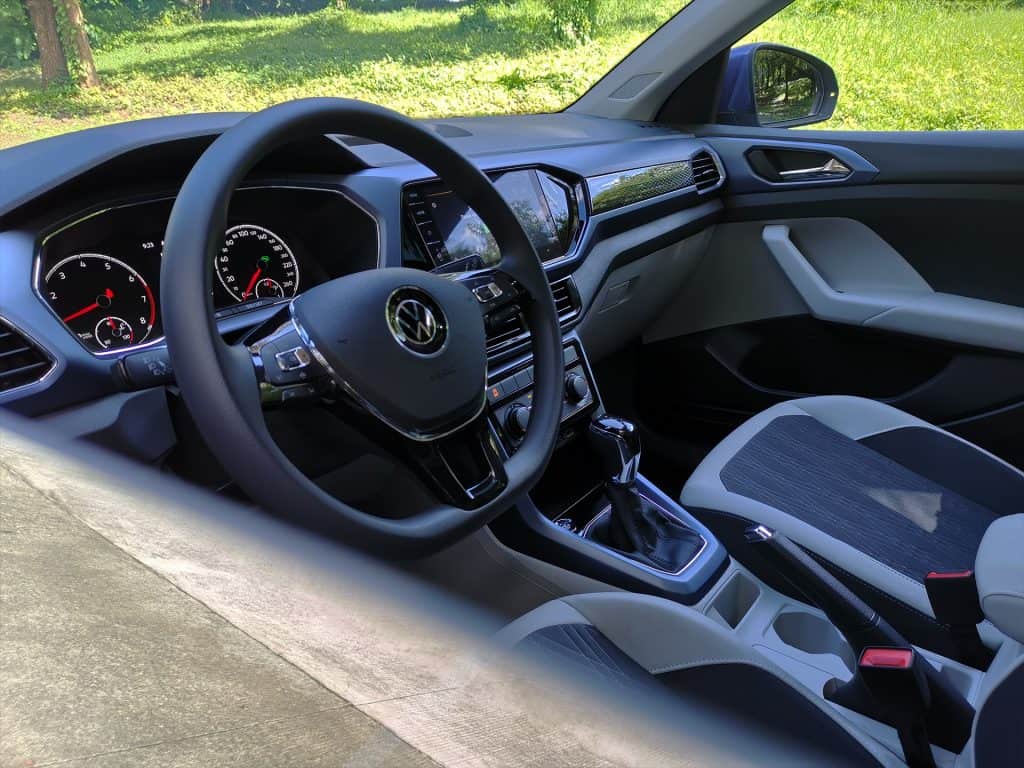
For the matching inserts, I thought they would be tacky but seeing them in person, I stand corrected. The Syringa Violet accents on the dashboard, shifter housing, and door panels are a very refreshing sight. Add to that the color-matched stitching on the seats and it makes everything very holistic aesthetically. This is more apparent if you choose the Tribu Yellow or Romance Red color.
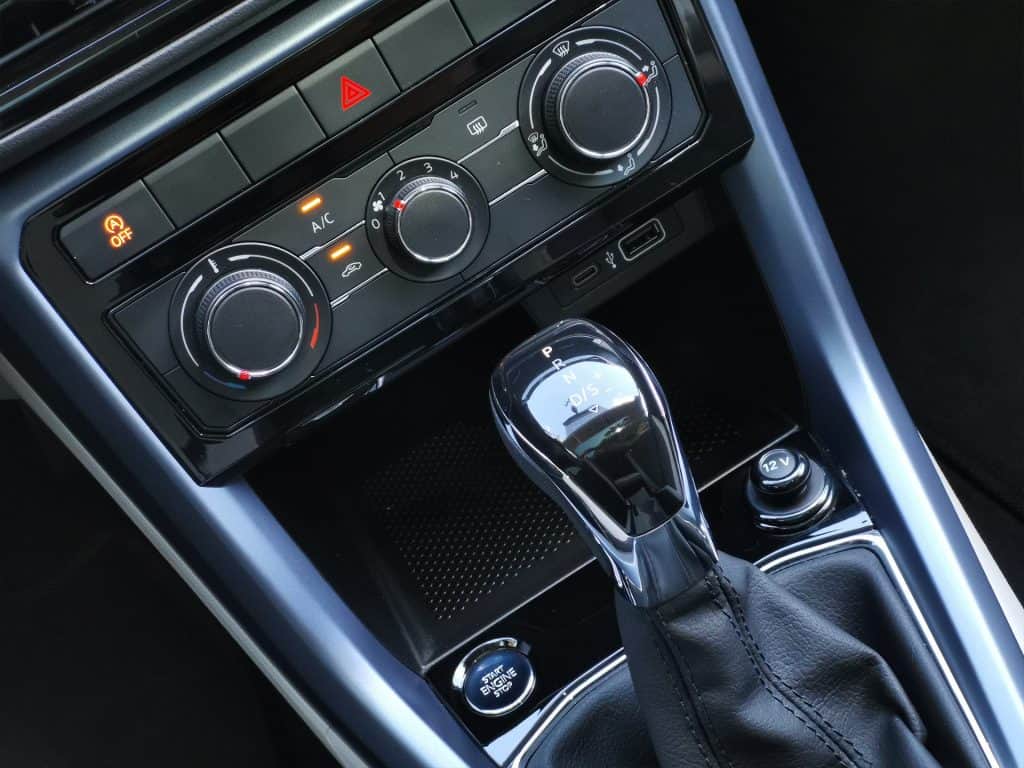
A crucial miss for the T-Cross SE is the absence of an electronic parking brake with auto-hold. When you have the same price as the Geely Coolray Sport and you don’t have one of the pivotal features that eases the experience in city traffic, that can be a deciding point for the user.
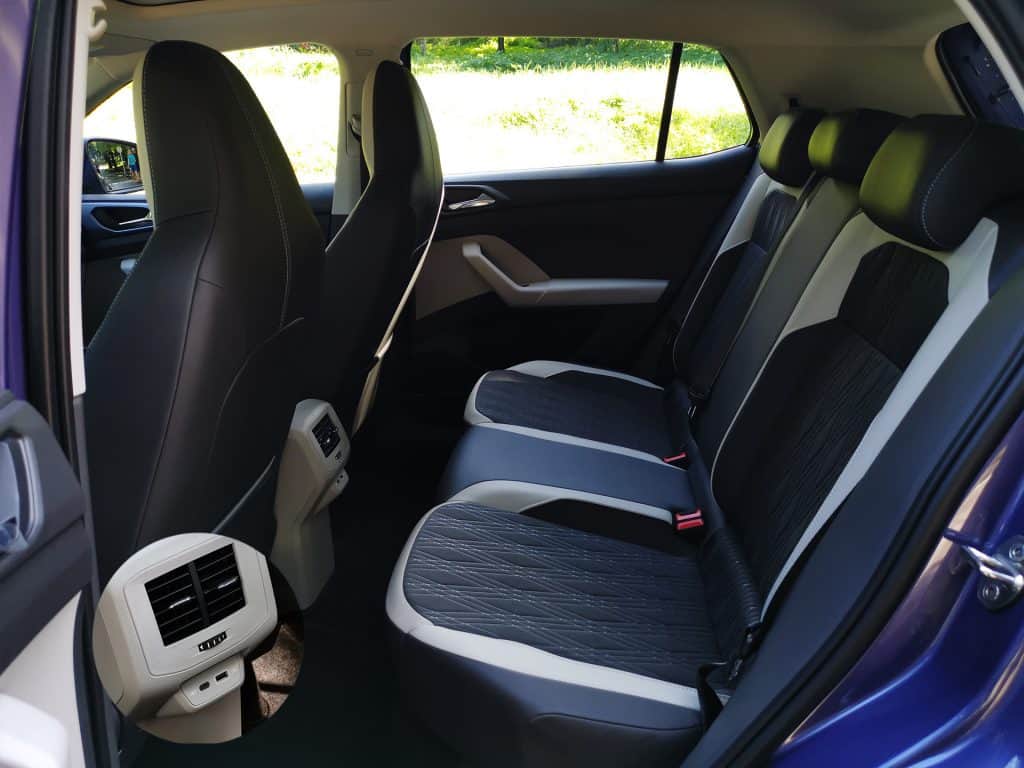
Another issue I had with the T-Cross for both variants is the backseat. Just like in the Lamando, it’s formed for two passengers only since the middle part is elevated, leading to an uncomfortable position for the middle passenger, especially for long drives.
The drive
Under the hood is a 1.5L engine making 111 hp and 145 Nm of torque, paired to a 6-speed automatic with sport mode. It’s good enough for casual driving in and out of the city. The faults are only apparent to someone like me who’s driven a lot since the transmission tends to shuffle a bit especially during inclines. It also needs a lot of patience for overtaking since it acts like a CVT if you just step on the throttle. The sport mode can offset some of those issues but it also suffers from delay in shifting. Again, it’s obvious to me but for the average driver, they won’t mind such minor faults.

The powertrain redeems itself in fuel consumption. It seems like they tuned it well for efficiency because in the city despite the traffic, I was able to go 8.3km/l and on the highway, I reached 23 km/l. Note that the traffic mileage is without the auto-start-stop feature of the engine. Also, the last time I got close to 23km/l was in a much lighter sedan so to have that in this crossover is mighty impressive.
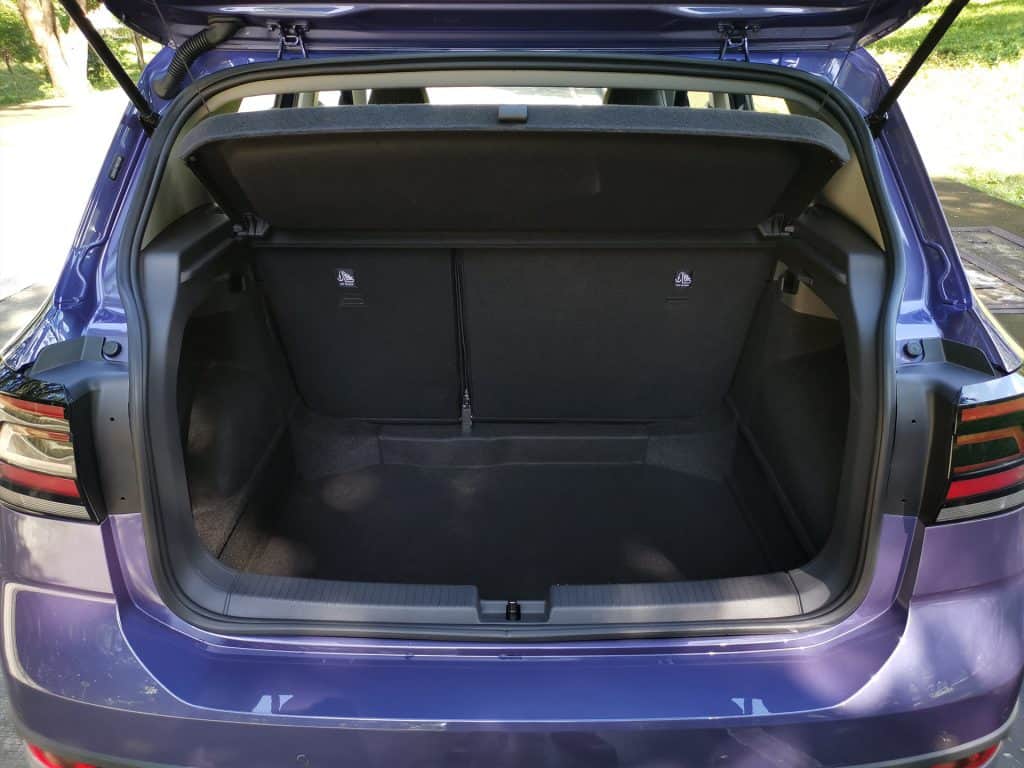
Driving both variants is easy, especially with the SE since it has the additional rear camera. The steering wheel is light for tight maneuvers, and cabin isolation is good with wind noise creeping in only at highway speeds. Riding comfort is very much decent for both trims, even if the SE has less tire cushion because of the bigger 17-inch wheels.
In the Pocket
On paper, the T-Cross pales in comparison with other competitors in the segment like the Geely Coolray, GAC GS3, and the Chevrolet Tracker. The lack of automatic climate control and electronic parking brake with auto-hold can be turning points in the decision making, but the T-Cross still has an ace up its sleeve.
Unlike its rivals, Volkswagen’s smallest crossover doesn’t have a turbo in its engine. That means it’s okay to be filled up with regular gas, unlike the others that require higher-octane fuel. This is a big advantage in the long run as gas prices increase almost every other day. Add to that its fuel efficiency and you’ll be keeping more of your hard earned cash in your pocket.
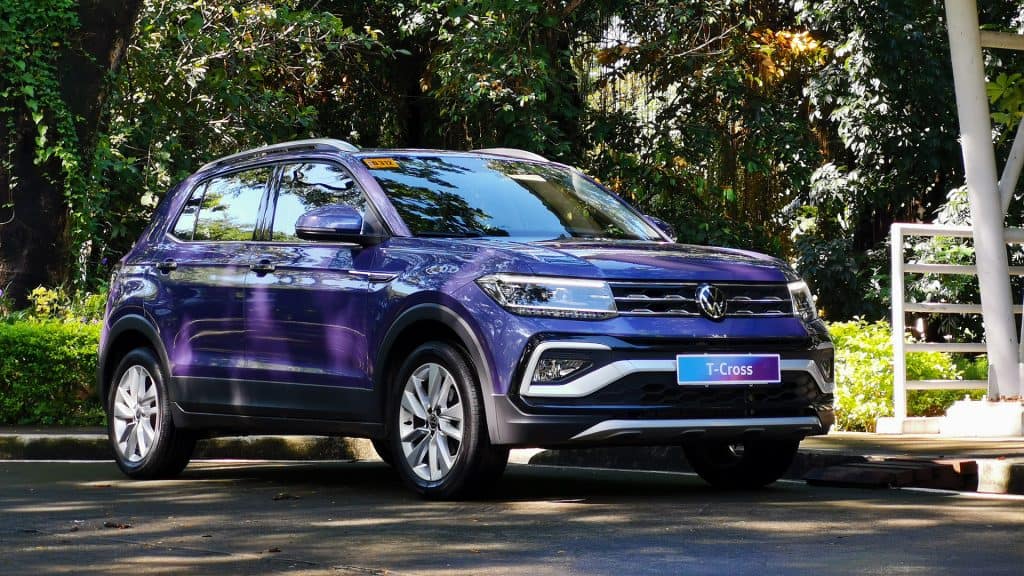
Volkswagen was able to maintain their ethos as the people’s car by making both trims of the T-Cross a comfortable ride in and out of the city. It’s not flashy, but it stands out because of the minimalism in its approach that resulted in practicality beyond the spec sheet. I just really wish there are more color options in the S trim like black or blue, even if you don’t match the interior inserts. But other than that, there’s no doubt the T-Cross is a sensible crossover waiting to be driven.

